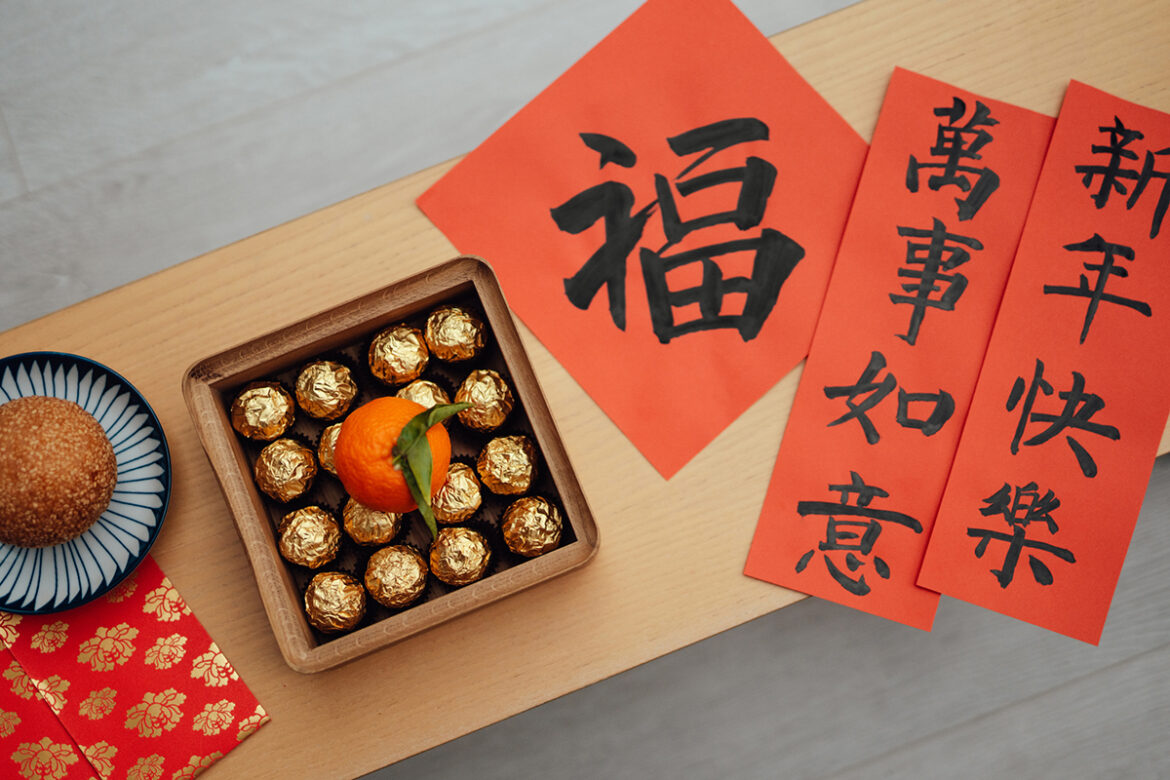Whether you’re eating black-eyed peas, watching fireworks, releasing lanterns or watching the ball drop, everyone has New Year’s Eve traditions. In a city as culturally diverse as ours, there’s plenty of ways to celebrate each tradition from right here in Plano.
American Traditions
When to celebrate: Dec. 31 to Jan. 1
Activities: Watching the Times Square Ball Drop on TV, making New Year’s resolutions, watching fireworks, lighting sparklers, counting down to midnight
Superstitions: Kissing a loved one at midnight, toasting with Champagne
Traditional foods: Black-eyed peas
Expressions: Happy New Year
Chinese New Year
When to celebrate: Feb. 10 to Feb. 20
A.K.A.: Lunar New Year, Spring Festival
Legends: Thousands of years ago a monster named Nian, or year, would attack villagers at the beginning of each new year. As the monster was said to be afraid of loud noises, bright lights and the color red, celebrations to bring in the new year often include firecrackers, fireworks, red clothes and red decorations.
Traditions: Cleaning one’s home to get rid of lingering bad luck, lantern festivals, dragon dances
Expressions: Xinnian Kuaile or Gong Hey Fat Choi
Mexican Traditions
When to celebrate: Dec. 31 to Jan. 1
Activities: Fireworks
Superstitions: Wearing colored underwear, throwing a bucket of water out of a window to celebrate throwing out the old year, sweeping coins from outside the house to bring in the new year, walking an empty suitcase around the house, burning candles for wealth
Traditional food: 12 grapes before midnight, lentils
Expressions: ¡Próspero Año Nuevo!
Korean New Year
When to celebrate: Feb. 10 to Feb. 13
A.K.A.: Lunar New Year, Seollal
Activities: Sebae, the act of kneeling on the ground and bowing deeply so that one’s hands are also on the ground. Younger people typically bow deeply to their elders to wish them a happy new year, signifying respect. Charye, the worshiping of one’s ancestors through setting food out on the table as a gift for one’s ancestors in front of their ancestral tablets.
Traditional foods: Rice cake soup, or tteokguk, and jeon, a pancake-like dish that contains green onions and kimchi or seafood.
Expressions: saehae is one of the words that means “new year,” bok means “luck,” and mani means “many” or “lots of.” badeuseyo is the honorific way of saying batda, meaning “to receive.”
India
When to celebrate: Celebration of the new year is different in India depending on whether the region follows a Lunar, Solar or Luni-Solar calendar.
A.K.A.: Yugadi, Samvatsaradi, Telugu New Year, Hindi New Year
Activities: making New Year’s resolutions, watching fireworks, exchanging cards and gifts, attending concerts,
Superstitions: Cleaning and decorating the house before the day of Ugadi, wearing new clothes and taking an oil bath
Expressions: Sal Mubarak or Nutan Varshabhinandan
Thailand
When to celebrate: April 13-15
A.K.A.: Songkran, Thai New Year
Activities: water fights, pouring scented water onto sacred Buddha images to represent purification, pouring scented water onto elders’ hands and feet in return for blessings and floral garlands, music festivals, spring cleaning
Expressions: Sawadee Bee Mai
Vietnam
When to celebrate: Feb. 8 to Feb. 14
A.K.A.: Tet, Tet Nguyen Dan, Lunar New Year
Superstitions: giving offerings to ancestor’s alters; choosing a person who has good morality, education or success that will match with the astrology of the owner’s house to enter the house first
Activities: designated days to visit and celebrate with one’s father’s side of the family, then mother’s side, then teachers, then other relatives; fireworks, lantern festivals, gambling games, dragon dances, lion dances, musical performances





